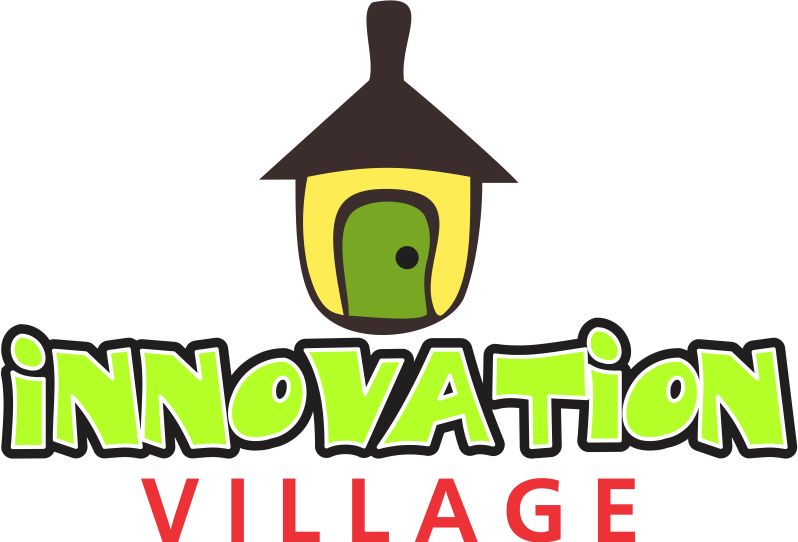Virtual Reality (VR) is no longer just a futuristic concept; it’s a technology actively reshaping how we experience stories. In 2024, VR continues to evolve, merging creativity with cutting-edge advancements to revolutionize gaming and education. As more audiences are turning into active participants rather than passive observers, VR is setting new standards for engagement and immersion.
Immersive storytelling is a narrative approach designed to fully engage users, creating experiences where they feel as though they are part of the story. Unlike traditional media, which invites audiences to consume content from the outside, VR enables users to step inside the narrative. Tools like Oculus Quest, HTC Vive, and PlayStation VR combine realistic visuals, spatial audio, and interactive elements to craft environments where users can explore, interact, and influence outcomes. Whether it’s battling enemies in a dystopian world or walking the halls of a historic castle, VR offers narratives that are not only seen and heard but also felt.
For gamers, immersion has always been one of the most-sought after features in any gaming device they utilise. People are constantly trying to get as ‘into’ the game or world as they possibly can. VR eliminates the barrier of the screen, enabling players to become the protagonist rather than simply controlling one. Games like Half-Life: Alyx set new benchmarks for narrative-driven VR experiences, offering a blend of action, rich world-building, and interactive storytelling. Similarly, titles such as The Walking Dead: Saints & Sinners amplify tension and decision-making by immersing players in a gritty, zombie-infested world where every choice has consequences. Beyond current successes, the future holds immense potential for adaptive storytelling powered by AI, where narratives evolve dynamically based on players’ decisions, offering unique experiences every time.
VR’s impact does not only thrive in the realm of entertainment. Beyond that, in the education sphere, it is revolutionizing how we learn. It can help to recreate historical events, scientific phenomena, and abstract concepts, and through that VR transforms lessons into fully interactive experiences. Students can walk through the streets of ancient Rome, navigate the solar system, or even simulate complex medical procedures in risk-free environments. Platforms like VictoryXR are building virtual campuses, while corporate training programs use VR to teach skills ranging from customer service to disaster management. With its ability to engage multiple senses, VR has been shown to improve retention and understanding, especially in remote or underserved communities where resources may otherwise be limited.
Of course, there are many challenges that widespread adoption of virtual reality technology faces. The hardware does not come cheap, for one. It is quite pricey, and the complexity of creating immersive narratives limit accessibility for some users and creators. Motion sickness and technical requirements for smooth gameplay remain ongoing hurdles, though advancing technology steadily addresses these concerns.
Looking ahead, the future of VR storytelling is vibrant. As graphics improve and devices become more affordable, broader adoption is inevitable. AI is poised to make experiences even more personalized and realistic. Industries beyond gaming and education—like healthcare, architecture, and live entertainment—stand ready to leverage VR’s immersive capabilities, bringing innovative solutions to longstanding challenges.
VR is rewriting the rules of storytelling, making it more interactive, engaging, and impactful than ever before. Whether you’re a gamer seeking your next adventure or an educator looking to inspire students, VR is a tool for deeper connections and transformative experiences. As this technology continues to evolve, the question remains: will you take the plunge into this brave new world?


